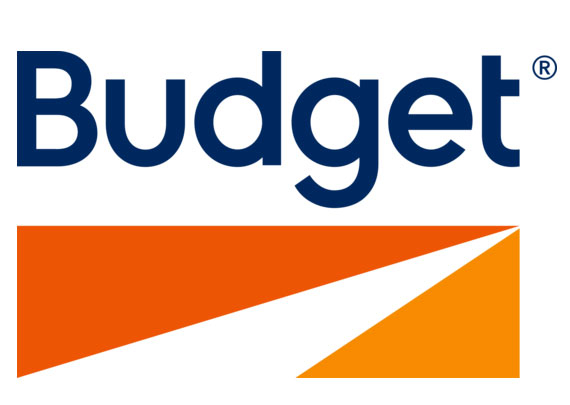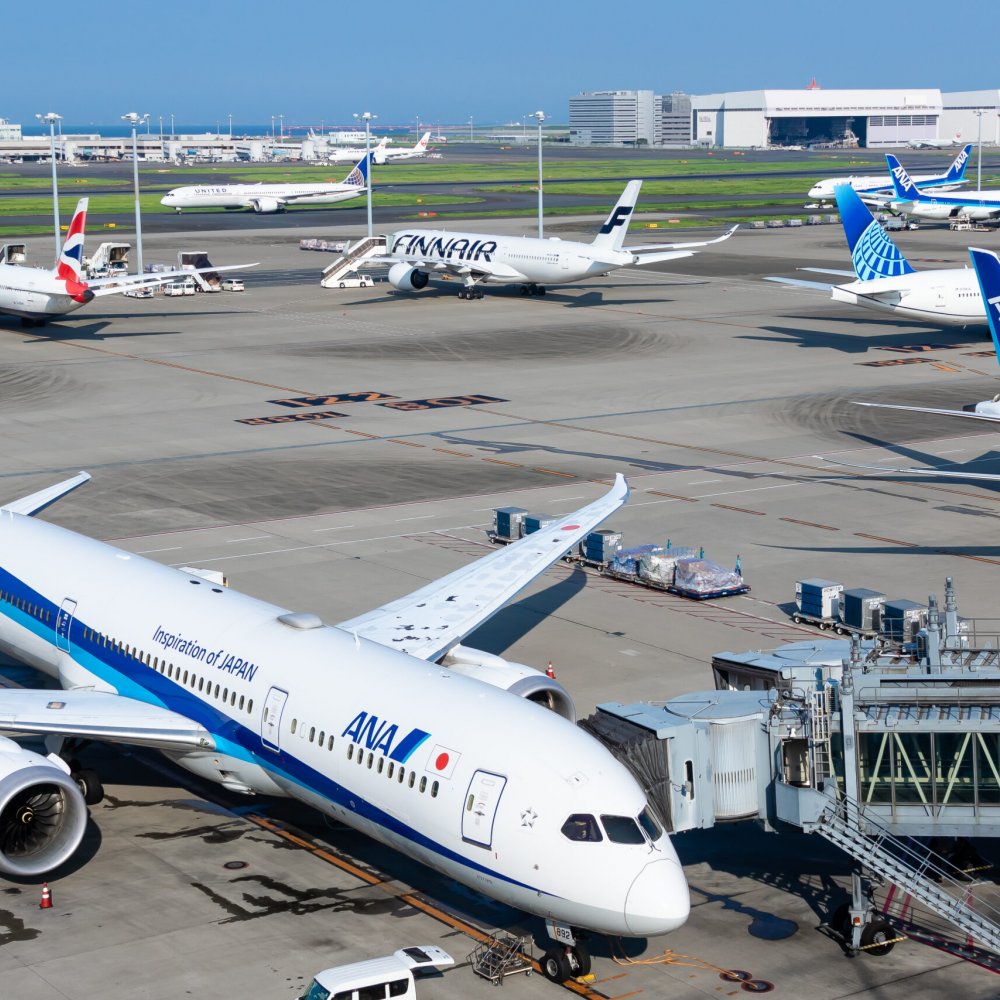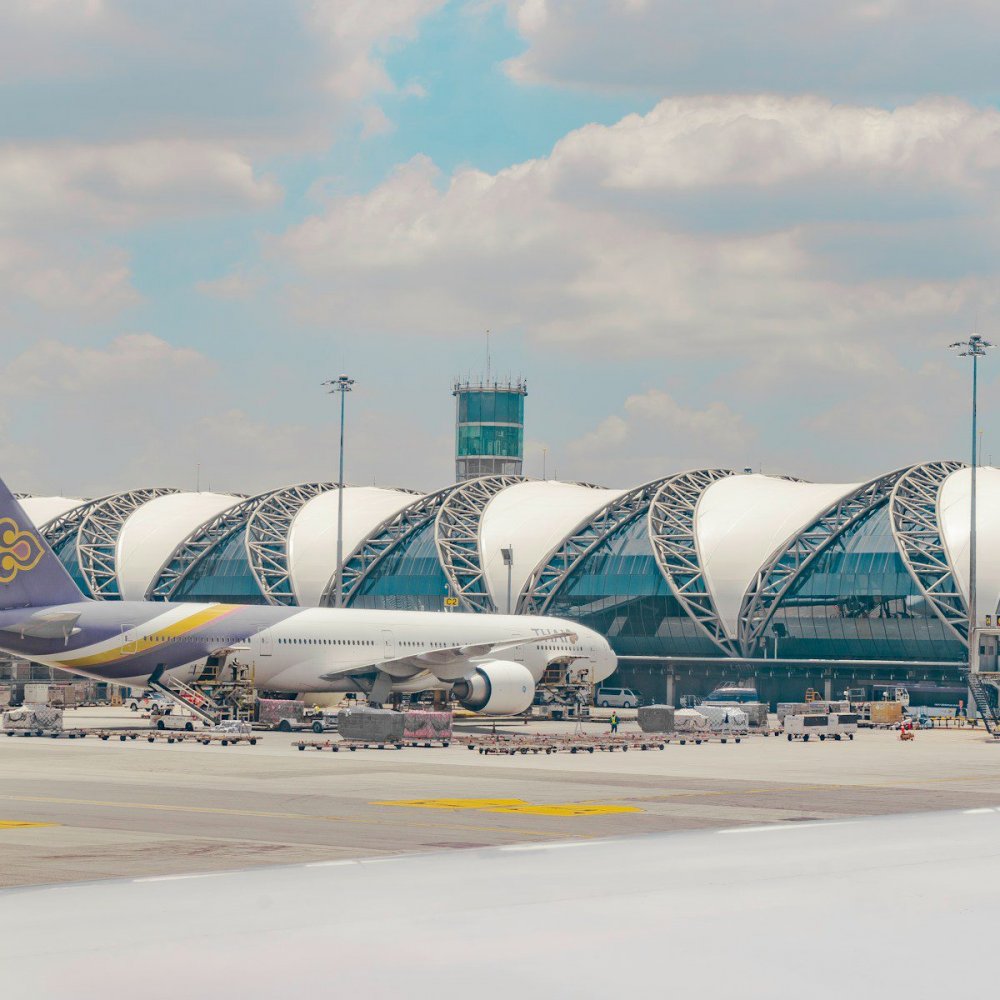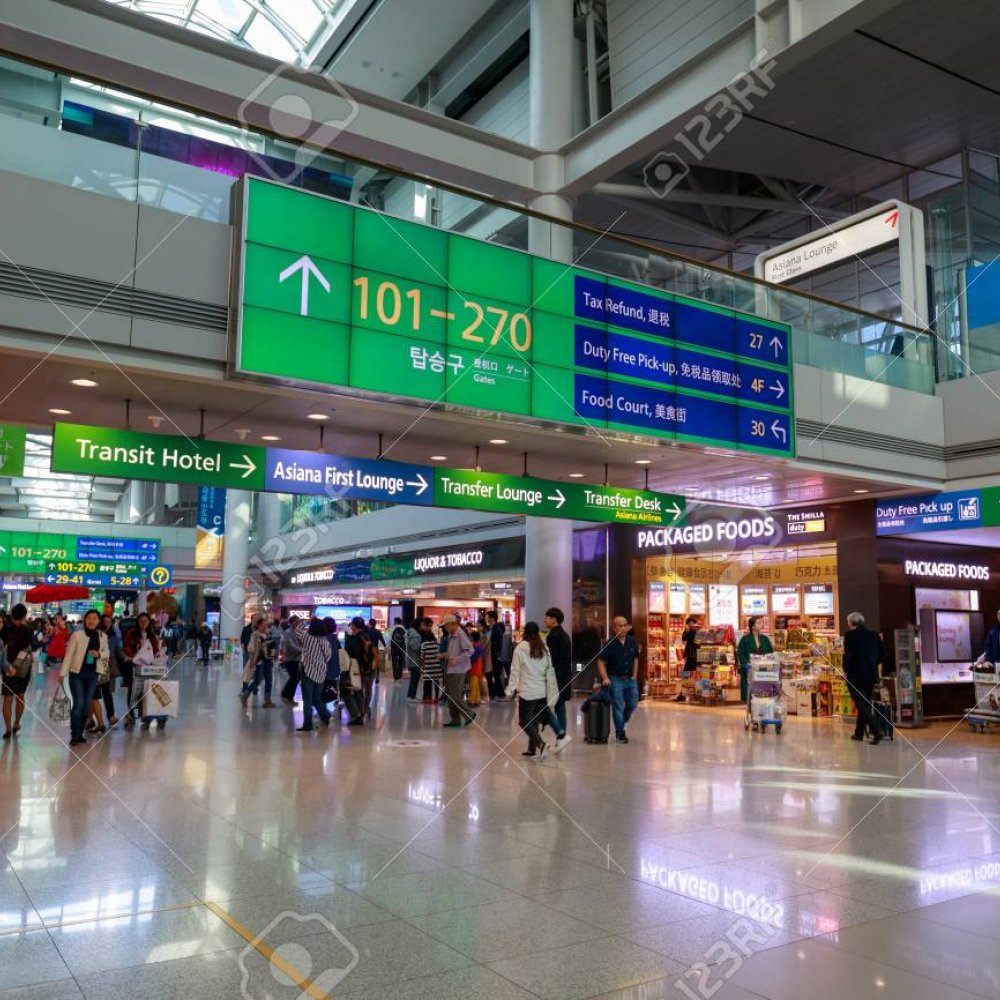The city hums with anticipation, neon lights flicker as taxis zip by and the clatter of footsteps on the MTR echoes through the underground. You’re standing in the heart of Hong Kong, suitcase ready, boarding pass in hand. Yet before the excitement of your journey begins, you face a pivotal question: how to get to Hong Kong Intl Airport, HK? It’s not just about catching a ride; it’s about choosing the most efficient, economical, and stress-free way to make your way through the bustling metropolis to the world’s busiest airport. Whether you’re a first-timer or a regular, planning your trip to the airport can feel like solving a puzzle with rush-hour crowds, luggage to haul, and time windows to respect. Behind the city's skyscraper silhouette, a web of transport options stretch out—taxis, trains, buses, rideshares—each with stories, quirks, and rhythms of their own. When I last landed at Hong Kong Intl Airport, HK, the ride from the city centre was swift and effortless, thanks to a bit of planning and insider knowledge. This article will be your companion, dropping you into the pulse of Hong Kong’s transit network, guiding you through the best ways to reach the airport, and helping you avoid the bumps along the way. So, let’s dive in and master your airport transfer.

Why Plan Your Airport Transfer?
Planning your transfer to Hong Kong Intl Airport, HK, is more than a practical step—it’s a vital one. Hong Kong’s fast-paced lifestyle means transport options can quickly become tangled if you leave things to chance. By mapping out your journey ahead of time, you can avoid last-minute panics, hefty taxi fees, or missing your flight entirely. The airport, located on reclaimed land in Lantau Island, is well-connected but stretches about 34 kilometres from the city centre, making it essential to pick the route that suits your schedule and budget.
During peak hours, traffic congestion can increase journey times significantly, so knowing your options ensures you can pivot if one mode hits a snag. Moreover, Hong Kong’s unparalleled public transit system offers efficiency but can be intimidating if you’re unfamiliar with its network of trains, buses, and stations. Planning ahead lets you factor in luggage handling, time-of-day travel, and even some eco-friendly choices. When I last made the transfer during a rainy evening, my advance preparation turned what could have been a frantic dash into a seamless ride.
Finally, by understanding your transport options to Hong Kong Intl Airport, HK, you enable yourself to harness conveniences like night services or avoid costly night surcharges. It’s the difference between a refreshingly calm start to your trip and a stress-fuelled scramble. So read on, and let’s explore why thoughtful planning matters when considering how to get to Hong Kong Intl Airport, HK.
Price & Time Grid: Your Options at a Glance
| Mode | Single Fare (HK$) | Return Fare (HK$) | Journey Time | First / Last Service | Night Surcharge |
|---|---|---|---|---|---|
| Taxi | ~HK$320 | Not Applicable | 30–45 mins | 24/7 | 20% after midnight |
| Rideshare | ~HK$280–400 | Not Applicable | 30–50 mins | 24/7 | Dynamic surge pricing |
| Rail (Airport Express) | HK$115 | HK$205 | 24 mins (City centre to airport) | 05:54 / 00:48 | No |
| Express Bus (e.g., A11) | HK$48 | Not standard | 40–60 mins | 05:15 / 00:00 | No |
| Local Bus (Nanny-service routes) | HK$15–30 | Not standard | 60–90 mins | 05:30 / 00:15 | Varies |
The table neatly sums up the core options when figuring out how to get to Hong Kong Intl Airport, HK. Taxis offer door-to-door comfort but at a premium price, especially with night surcharges. Rideshares, while cheaper at times, fluctuate with demand and can face similar traffic delays. The Airport Express train stands out for speed and reliability, making it a frequent favourite for time-conscious travellers. Express buses blend economy and coverage, ideal if you’re near key city locations and prefer a direct route without train transfers. Meanwhile, local buses constitute the budget champions, though you’ll trade speed for savings. Your choice depends on time, budget, and luggage considerations.
Step-by-Step Guide for Each Mode
Taxi
- Arrange your taxi in advance via a reputable company or hail one from a designated taxi stand.
- Confirm the destination: 'Hong Kong International Airport, Lantau Island'.
- Ensure the meter is running to avoid overcharging; night surcharges apply after midnight.
- Prepare HK$320–350 in cash or card; inform the driver in case of tolls or luggage fees.
- Upon arrival, use the taxi drop-off zone at the terminal's departures level.
Rideshare
- Open your rideshare app (e.g., Uber, local alternatives) with your destination set to Hong Kong Intl Airport, HK.
- Select the service type—economy, premium, or XL based on luggage volume.
- Check estimated fare and wait time; rush hour may cause surges.
- Meet your driver at the designated rideshare pick-up points, usually near major hotels or MTR stations.
- Confirm drop-off at airport departures; tip if service was excellent.
Rail
- Locate the Airport Express station—most central ones include Hong Kong Station, Kowloon, and Tsing Yi.
- Purchase your ticket or use an Octopus card for convenience.
- Board the Airport Express train, which runs approximately every 10–12 minutes.
- Enjoy the swift 24-minute journey directly to the airport station.
- At airport station, follow signs to baggage trolleys and terminal check-ins.
Bus
- Identify the bus route serving your district—express routes like A11 serve central areas; local routes serve more remote ones.
- Confirm the schedule; buses typically run from early morning until just past midnight.
- Pay the exact fare in coins or with an Octopus card upon boarding; some buses do not accept cash.
- Keep luggage with you or secured; prepare for possible stops en route.
- Disembark at the airport terminals and proceed to departures.
Returning a Rental Car
- Top up the fuel tank to the level agreed in your rental contract (Hertz, March 2025 recommends a full tank before return).
- Follow airport signage for the Rental Car Return area located at Terminal 1's basement level.
- Park your vehicle in the designated return bay and inspect the car with a rental agent for any damages.
- Complete the final paperwork and payment unless prepaid.
- If after hours, use the drop-box service for keys and paperwork as instructed by your rental company.
- Take the free shuttle bus from the return area to the Departures terminal for your flight.
- Confirm you have your boarding pass and documents before leaving the shuttle.
Money-Saving Hacks
- Buy an Airport Express Travel Pass for discounted unlimited rides on the train and buses within a fixed period.
- Use an Octopus card for all public transit—save time and avoid single-ticket surcharges.
- Book rideshares during off-peak hours to avoid surge pricing common from city centre to Hong Kong Intl Airport, HK.
- Opt for express buses if travelling light; they offer cheaper fares than rail without major detours.
- Check for combo deals including Airport Express plus shuttle bus packages, especially if transferring from outlying districts.
Peak-Hour vs Off-Peak Travel Times
Hong Kong’s rush hours generally fall between 07:30–09:30 and 17:00–19:00 on weekdays, when roads thicken with traffic and journey times to Hong Kong Intl Airport, HK can extend by up to 30%. For instance, the taxi ride that normally takes 30 minutes during off-peak can surge close to an hour at peak. Rideshare prices and wait times also fluctuate accordingly.
Conversely, off-peak travel—midday or late evening—offers smoother rides and lower fares. The Airport Express train remains consistent throughout the day, making it a reliable alternative to beat traffic congestion. Knowing when to travel can save you significant time and money.

Accessibility & Luggage Factors
Travelled with a bulky suitcase or mobility needs? The Airport Express trains feature step-free access and spacious luggage racks, easing your airport transfer. Taxis and rideshares often provide child seats on request but may require advance notice for wheelchairs or electric scooters. Buses vary: express routes tend to be more accessible than local buses, but space for luggage may be cramped during peak times.
Hong Kong Intl Airport, HK’s terminals are well-signposted, but weather—especially rainy or humid seasons—makes covered transfers a plus. Some travellers prefer taxis or Airport Express for a faster, more comfortable journey with heavy or multiple bags. Remember to pack lightweight and consolidate luggage when possible to streamline your transit.
Carbon-Smart Alternatives
Looking to reduce your carbon footprint while asking how to get to Hong Kong Intl Airport, HK? Shared shuttle services offer a great balance, grouping passengers from nearby hotels or districts and reducing emissions per capita. Bike-and-ride options are suitable for those living near MTR stations; you can cycle to the station, lock your bike, then take the Airport Express. Park-and-ride facilities also exist near Tung Chung station, enabling drivers to leave cars on-site and board the train efficiently.
These carbon-conscious choices align with Hong Kong’s growing green transport initiatives and can enhance your travel experience without compromising convenience.
Sample 08:00 Flight Timeline
- T-12 hours (20:00 day before): Check your flight status and complete online check-in.
- T-4 hours (04:00): Prepare and pack your documents; confirm your transport booking or mode.
- T-2 hours (06:00): Depart for Hong Kong Intl Airport, HK, allowing extra time for peak traffic or transit delays.
- T-0 (08:00): Arrive at the airport, proceed through security and passport control confidently.
Hidden Pitfalls & Local Quirks
Hong Kong’s transport system works wonderfully—usually. But insiders know some caveats you should prepare for when planning how to get to Hong Kong Intl Airport, HK.
- Strike days: Historic occasional transport strikes can halt MTR or bus services; always check live news closer to your flight day.
- Cash-only buses: Some local buses heading to the airport may not accept electronic payment; carry exact change (HK$ coins) just in case.
- Motorway tolls: Taxis may route via tolled roads; expect a small additional fee (~HK$20), so budget accordingly.
Eight Mistakes Travellers Make
- Not considering traffic peak times, leading to last-minute rushes.
- Assuming all buses and trains operate 24/7; some stop before midnight.
- Failing to book rideshares or taxis in advance during busy festivals.
- Ignoring luggage space constraints on buses and crowded trains.
- Overlooking night surcharges on taxis post-midnight.
- Not using the Octopus card for convenience and savings.
- Confusing the Airport Express with regular MTR lines; only the Express stops at the airport.
- Returning rental cars without noting fuel policy or after-hours procedures.
Frequently Asked Questions
What is the fastest way to get to Hong Kong Intl Airport, HK from Central?
The Airport Express train is the fastest option, taking about 24 minutes from Hong Kong Station directly to the airport without stops.
Is it cheaper to take a taxi or bus to the airport?
Buses are significantly cheaper than taxis. While a taxi can cost over HK$320, express buses charge around HK$48, offering a budget-friendly alternative if you’re not in a rush.
Do rideshare services operate 24/7 to the airport?
Yes, rideshare apps are generally available 24/7, but prices and wait times may surge during late nights or holidays.
Can I use my Octopus card on the Airport Express and buses?
Absolutely. The Octopus card works seamlessly on the Airport Express, public buses, and many other transit modes, making it the easiest payment method.
Call to Action
Figuring out how to get to Hong Kong Intl Airport, HK doesn’t have to be daunting. Armed with the right information, you can navigate transport options with confidence and arrive stress-free, ready for your onward journey. Have your own tips or experiences? Share your thoughts in the comments below and subscribe to our newsletter for the latest travel insights and insider guides from around the world.






